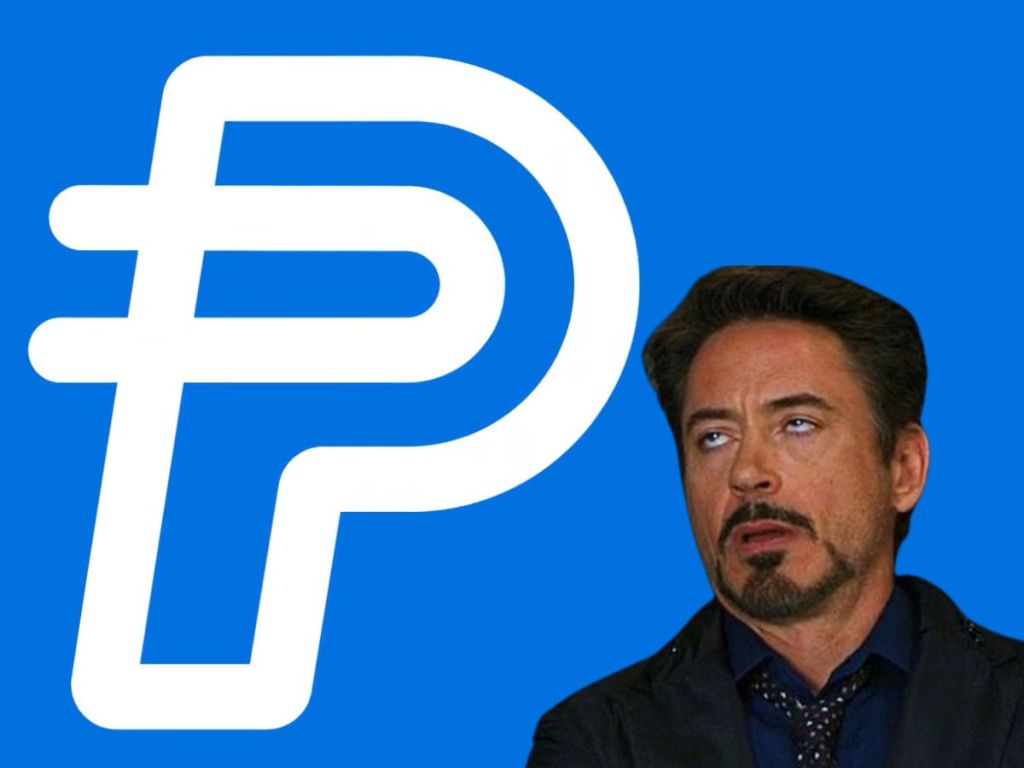The digital payment giant PayPal has unveiled its latest attempt to get in with the crypto bros. The financial heavyweight has launched a new cryptocurrency, like the world needs another one right now. But that isn’t stopping the PayPal crypto from being thrust upon us all.
PayPal’s new crypto is a dollar-denominated stablecoin known as PayPal USD (PYUSD). Yes, it is another stablecoin, which sometimes prove to be … Not. All. That. Stable.
A stablecoin is a type of cryptocurrency that is designed to maintain a predictable value, unlike a lot of cryptocurrencies which can be famously volatile in price. Stablecoins are usually pegged to a specific asset or a basket of assets like fiat currency (e.g., US Dollar, Euro) or commodities (e.g., gold).
PayPal crypto: PYUSD
With PYUSD, Paypal wants a piece of the crypto pie, especially in the digital payments arena. Their new stablecoin promises to be backed by U.S. dollar deposits, short-term U.S. Treasuries, and cash equivalents. This stablecoin, redeemable on a 1:1 basis for U.S. dollars, is issued by Paxos Trust Company, operating under the oversight of the New York State Department of Financial Services.
PayPal’s entry into the stablecoin market is quite the move, given the company’s substantial experience in large-scale payments. The integration of PYUSD into the PayPal ecosystem could bridge the gap between conventional fiat currencies and the emerging web3 space, providing an avenue for consumers and merchants to change from fiat to crypto and back again easily and quickly.
Here is their pitch to consumers:
Dan Schulman, the CEO of PayPal said, “The shift toward digital currencies requires a stable instrument that is both digitally native and easily connected to fiat currency like the U.S. dollar.”
While that is all well and dandy, PayPal has built their crypto on the Ethereum network, which means that gas fees could be very high for users. Gas fees are the fees that crypto users pay to use a network like Ethereum, and at times of high demand, gas fees can shoot up.
Questions
Now that everyone seems to have their own crypto, there are questions. Is PayPal’s stablecoin merely following a trend or does it genuinely bring unique advantages to its users? And what about regulatory scrutiny? Will it fall into the category of being a security, and face the wrath of regulators? And will we see a tonne of fake PYUSD flood the market, as with most new high-profile coins?
To use the new stablecoin, a PayPal Balance account is required by users. The statement issued by PayPal explains: “When you buy or sell cryptocurrency, including when you check out with crypto, we will disclose an exchange rate and any fees you will be charged for that transaction. For currencies other than PayPal USD, the exchange rate includes a spread that PayPal earns on each purchase and sale.”
So it will cost you if you want to use crypto other than PYUSD (plus gas fees).
PYUSD will be compatible with major exchanges, wallets, and web3 applications.
The launch of PYUSD comes with a mix of anticipation and skepticism. Is this the future? Where people seamlessly switch between crypto and fiat? Or will this new crypto fall into the heap of coins that never really made it? We will keep watching.





